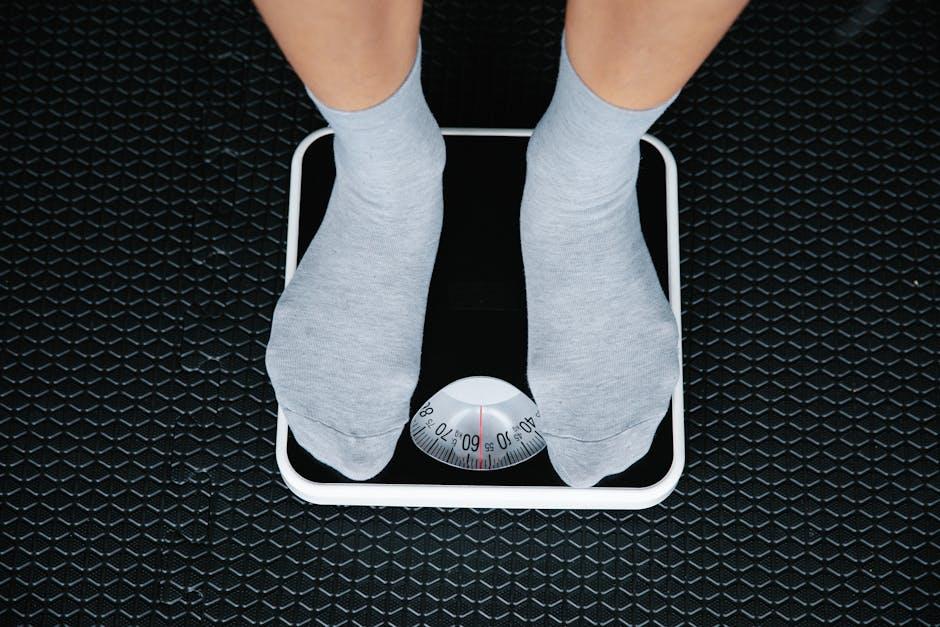Ensuring your furry friend enjoys a healthy, balanced diet is one of the most important aspects of pet care. Just like humans, dogs thrive on the right combination of nutrients, which includes not only the type of food they consume but also the amount. Managing portion sizes in a dog’s diet is essential to maintaining their overall health, preventing obesity, and promoting a long, happy life. In this guide, we’ll explore practical and effective strategies to help you determine the perfect portion sizes for your dog, tailored to their unique needs. Whether you’re a seasoned pet owner or a new dog parent, these tips will empower you to make informed decisions about your dog’s nutrition, ensuring they stay energetic, playful, and healthy. So, let’s embark on this journey towards better health for your beloved companion, one meal at a time.
Understanding Your Dogs Nutritional Needs
Portion control is a cornerstone of your dog’s health and well-being. Understanding the appropriate amount to feed your dog depends on several factors, including age, breed, activity level, and overall health. Here are some guidelines to help you manage their diet effectively:
- Age and Life Stage: Puppies require more frequent meals with balanced nutrients to support growth, while adult dogs benefit from a stable routine with controlled portions.
- Breed Size: Smaller breeds often need smaller, more calorie-dense portions, whereas larger breeds may require larger, less calorie-rich meals to maintain optimal health.
- Activity Level: More active dogs burn more calories and may need larger portions or additional meals to sustain their energy levels.
- Health Considerations: Consult with a veterinarian if your dog has specific health issues, such as obesity or allergies, to determine the best portion sizes and dietary needs.
It’s important to regularly assess your dog’s body condition. A simple way to check if you’re on the right track is to ensure you can feel their ribs without too much difficulty but not see them. Adjust portions as needed, and always provide fresh water to complement their meals. With thoughtful attention to these factors, you can keep your furry friend happy, healthy, and thriving.

Choosing the Right Portion Size for Your Dogs Breed and Age
When it comes to determining the appropriate portion size for your furry friend, several factors need to be taken into account to ensure their optimal health and well-being. Breed and age play a significant role in deciding the right amount of food. Larger breeds, such as Labrador Retrievers and German Shepherds, generally require more calories than smaller breeds like Chihuahuas or Dachshunds. Likewise, puppies and young dogs are in a phase of rapid growth and often need more nutrients compared to their adult counterparts. Consider these key points:
- Puppies: They need frequent meals with balanced nutrients to support growth.
- Adults: Maintain portion control to prevent obesity while ensuring energy levels.
- Seniors: Focus on lower-calorie, nutrient-rich foods to support aging bodies.
Consult your veterinarian to tailor a feeding plan specific to your dog’s unique needs, ensuring their diet promotes a long, healthy, and happy life.

Tips for Measuring and Controlling Your Dogs Meal Portions
Ensuring your dog gets the right amount of food is crucial for their health and well-being. To start, consider using a digital kitchen scale to measure your dog’s food accurately. This is especially important if you’re transitioning from one type of food to another or adjusting portion sizes based on weight changes. Consistency is key; try to feed your dog at the same times each day to help regulate their metabolism and prevent overfeeding.
- Consult the packaging: Most dog food packages provide a feeding guide based on weight and age. Use this as a starting point but adjust as necessary for your dog’s activity level and health needs.
- Monitor weight and body condition: Regularly check your dog’s weight and body condition. If they’re gaining or losing too much weight, adjust their portions accordingly.
- Use portion control tools: Consider investing in a portion control scoop or an automatic feeder to help maintain consistent meal sizes.
- Account for treats: Treats should make up no more than 10% of your dog’s daily caloric intake. Adjust meal portions to accommodate any extra calories from treats.
By being mindful of these tips, you can help your furry friend maintain a healthy weight and enjoy a longer, happier life.
Monitoring Your Dogs Weight and Adjusting Portions Accordingly
Keeping a close eye on your dog’s weight is essential for maintaining their overall health and well-being. Regularly weighing your furry friend can help you identify any sudden changes and adjust their meal portions accordingly. Use a scale to monitor their weight monthly, and take note of any significant fluctuations. If you notice your dog gaining or losing weight rapidly, consult with your veterinarian to rule out any underlying health issues.
- Evaluate their body condition: Gently feel your dog’s ribs; you should be able to feel them without pressing too hard. If they are not easily felt, your dog may be overweight.
- Adjust meal portions: Based on your dog’s current weight and activity level, you may need to increase or decrease their food intake. Use feeding guidelines provided on dog food packaging as a starting point, but remember to tailor portions to your dog’s unique needs.
- Incorporate exercise: Alongside adjusting portions, ensure your dog gets enough physical activity. Regular walks, playtime, and mental stimulation contribute to maintaining a healthy weight.
Remember, every dog is different, and what works for one may not work for another. By being observant and proactive, you can help your dog stay fit and happy. Adjusting their portions isn’t just about keeping them at an ideal weight; it’s about ensuring they enjoy a long, healthy life by your side.

